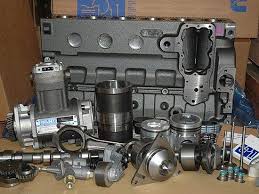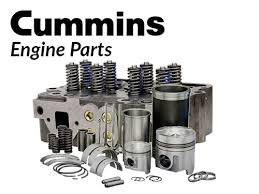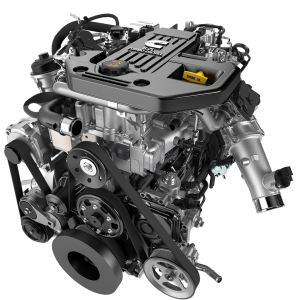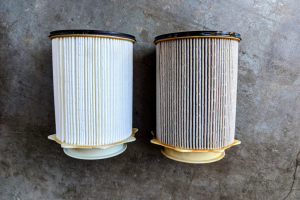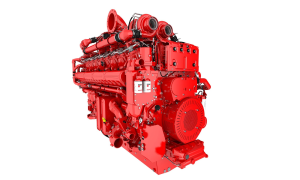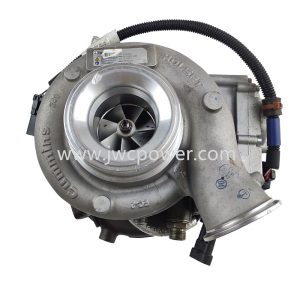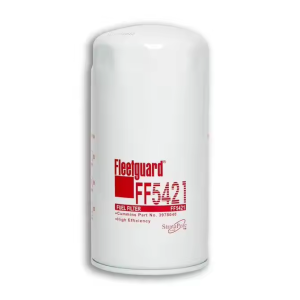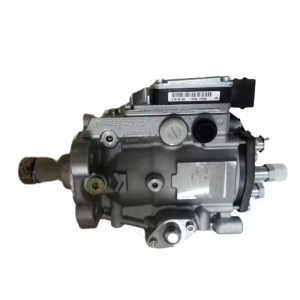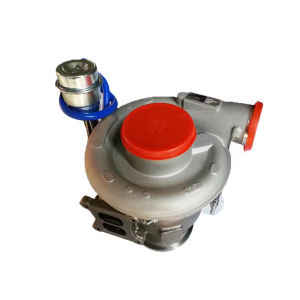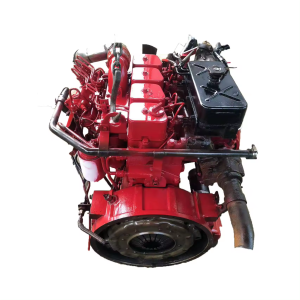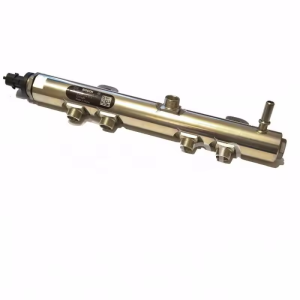Cummins engines are widely used in trucks, construction machinery, and power generation equipment due to their durability, efficiency, and reliability. However, like any mechanical system, they can develop issues over time. Proper maintenance and timely replacement of critical parts are essential to ensure the engine operates at peak performance. In this article, we will explore common faults in Cummins engines and provide expert recommendations for parts replacement.
1. Common Cummins Engine Faults and Their Causes
1.1 Overheating
Symptoms:
Engine temperature rising rapidly
Loss of power
Coolant leakage
Possible Causes:
Low coolant levels or leaks
Clogged or damaged radiator
Faulty water pump
Malfunctioning thermostat
Replacement Recommendations:
Radiator: If clogged or leaking, replace it to maintain efficient cooling.
Water Pump: If the pump is worn or leaking, install a new one.
Thermostat: Replace it if stuck open or closed to avoid overheating issues.
1.2 Loss of Power
Symptoms:
Slow acceleration
Increased fuel consumption
Engine struggling under load
Possible Causes:
Clogged air or fuel filters
Faulty turbocharger
Malfunctioning fuel injectors
Replacement Recommendations:
Air Filter: A clogged air filter reduces airflow, leading to power loss. Replace it regularly.
Fuel Filter: Dirty fuel filters can restrict fuel flow. Change them as per manufacturer recommendations.
Turbocharger: If the turbocharger is not producing sufficient boost, consider replacing or rebuilding it.
Fuel Injectors: Worn or clogged injectors should be replaced for optimal fuel combustion.
1.3 Excessive Black or White Smoke
Symptoms:
Thick black smoke (unburnt fuel)
White smoke (burning coolant or oil)
Possible Causes:
Worn piston rings or valve seals
Malfunctioning EGR valve
Poor fuel combustion due to faulty injectors
Replacement Recommendations:
Piston Rings & Valve Seals: If the engine is burning oil, these parts may need replacement.
EGR Valve: Replace a faulty EGR valve to prevent excessive carbon buildup.
Fuel Injectors: Replace worn injectors to ensure proper fuel atomization.
1.4 Hard Starting or Failure to Start
Symptoms:
Engine cranks but does not start
Delayed ignition
Starter motor struggling
Possible Causes:
Weak or dead battery
Faulty starter motor
Bad fuel injectors or fuel pump
Replacement Recommendations:
Battery: Ensure the battery is in good condition; replace it if voltage is low.
Starter Motor: If the starter is not engaging properly, a replacement is necessary.
Fuel Pump: If the pump is unable to maintain fuel pressure, install a new one.
1.5 Oil Leaks and Excessive Oil Consumption
Symptoms:
Visible oil puddles under the engine
Frequent need to top up engine oil
Possible Causes:
Worn-out gaskets and seals
Clogged PCV (Positive Crankcase Ventilation) valve
Loose or damaged oil drain plug
Replacement Recommendations:
Gaskets & Seals: If oil leaks persist, replacing worn-out seals and gaskets is essential.
PCV Valve: Replace a clogged PCV valve to prevent excessive oil consumption.
Oil Drain Plug: Ensure it is tightened properly or replace it if damaged.
2. Key Maintenance Tips for Cummins Engine Longevity
2.1 Regular Oil and Filter Changes
Change engine oil and filters every 10,000-15,000 miles (or as recommended by Cummins).
Use high-quality diesel engine oil (API CJ-4 or CK-4 certified).
2.2 Cooling System Maintenance
Flush the radiator and replace coolant every 2 years to prevent overheating.
Inspect hoses and belts for wear and replace them as needed.
2.3 Turbocharger and Fuel System Checks
Clean and inspect the turbocharger regularly. Replace if necessary.
Drain water separators frequently to prevent fuel contamination.
2.4 Air Intake and Exhaust System Care
Clean or replace the air filter regularly to maintain airflow.
Inspect exhaust components for leaks, especially around the EGR system.
Proper maintenance and timely replacement of essential parts are crucial for keeping your Cummins engine in top condition. By addressing common faults such as overheating, power loss, excessive smoke, and hard starting, you can extend the life of your engine and reduce costly repairs. Regular servicing, using genuine Cummins parts, and following recommended maintenance schedules will ensure that your engine runs efficiently for years to come.
If you’re experiencing issues with your Cummins engine and need replacement parts, always choose high-quality, OEM or certified aftermarket components to ensure durability and performance.

